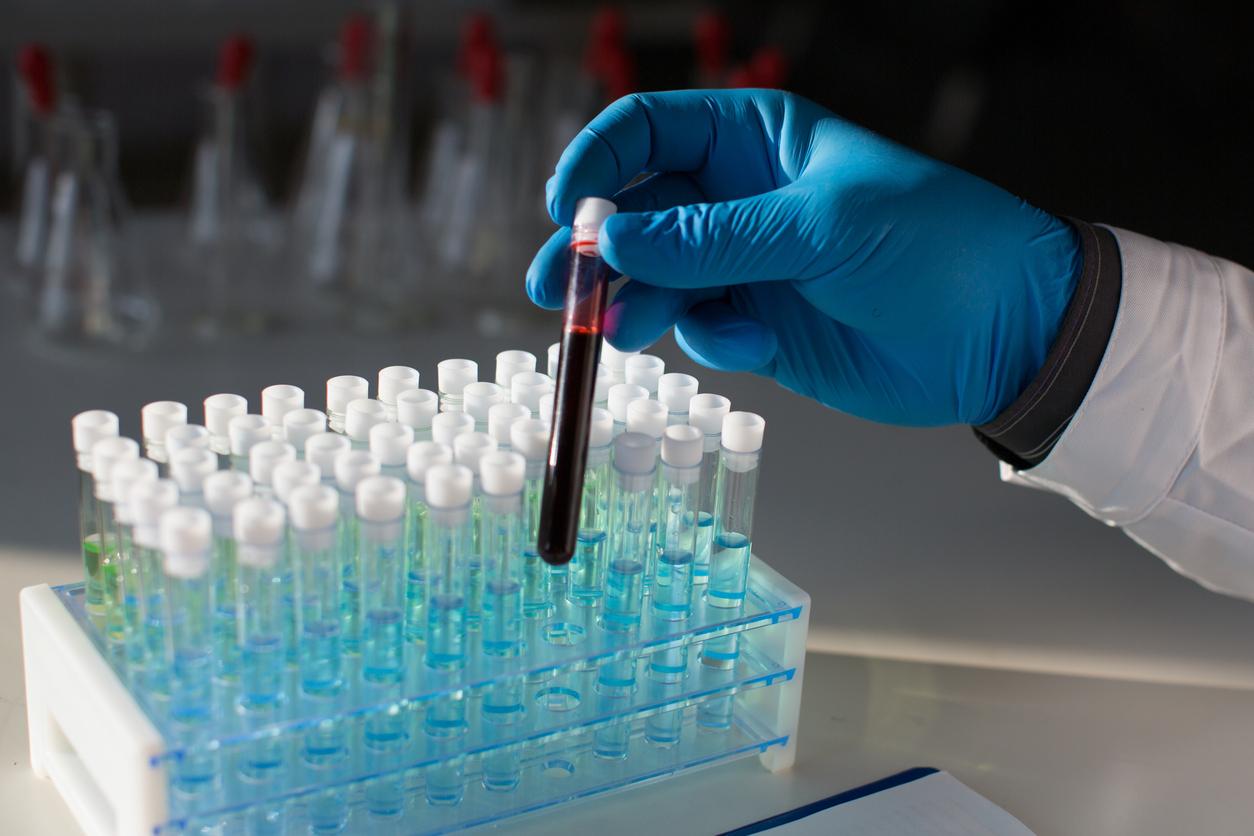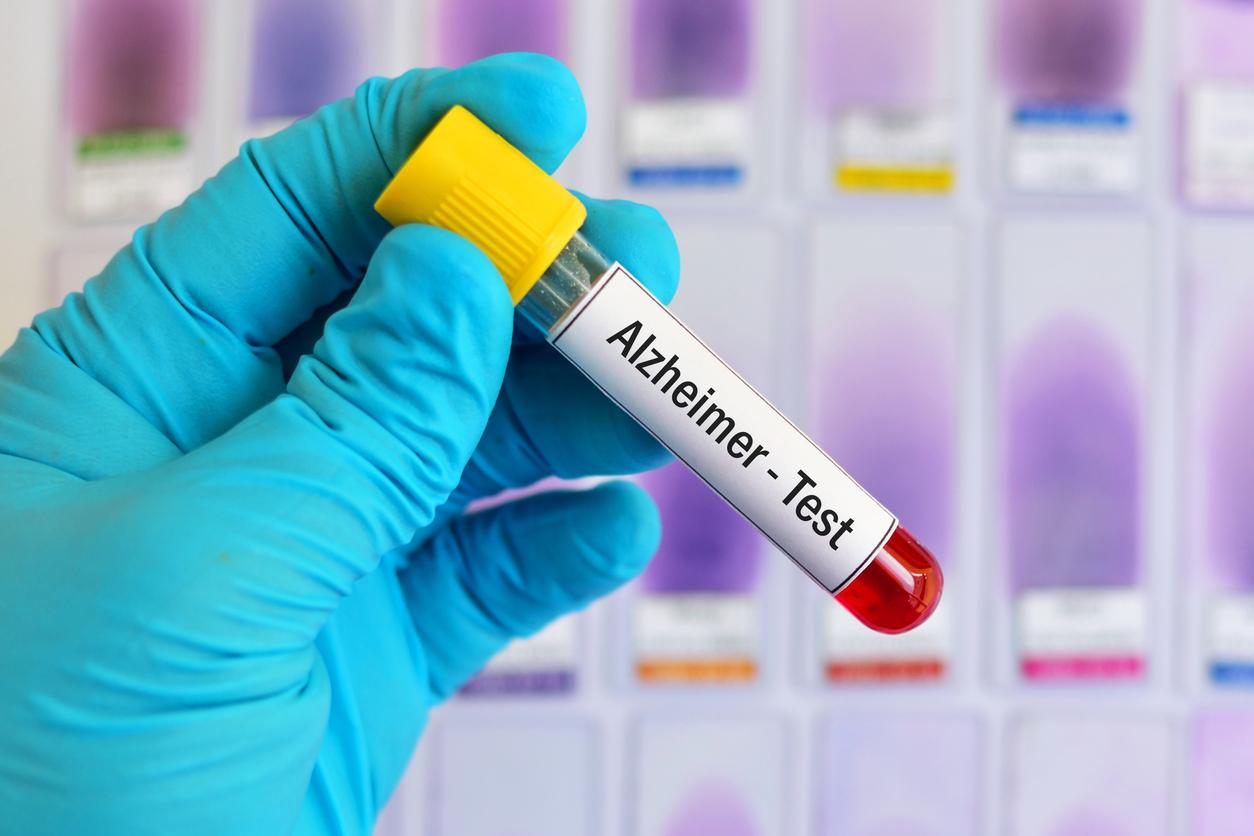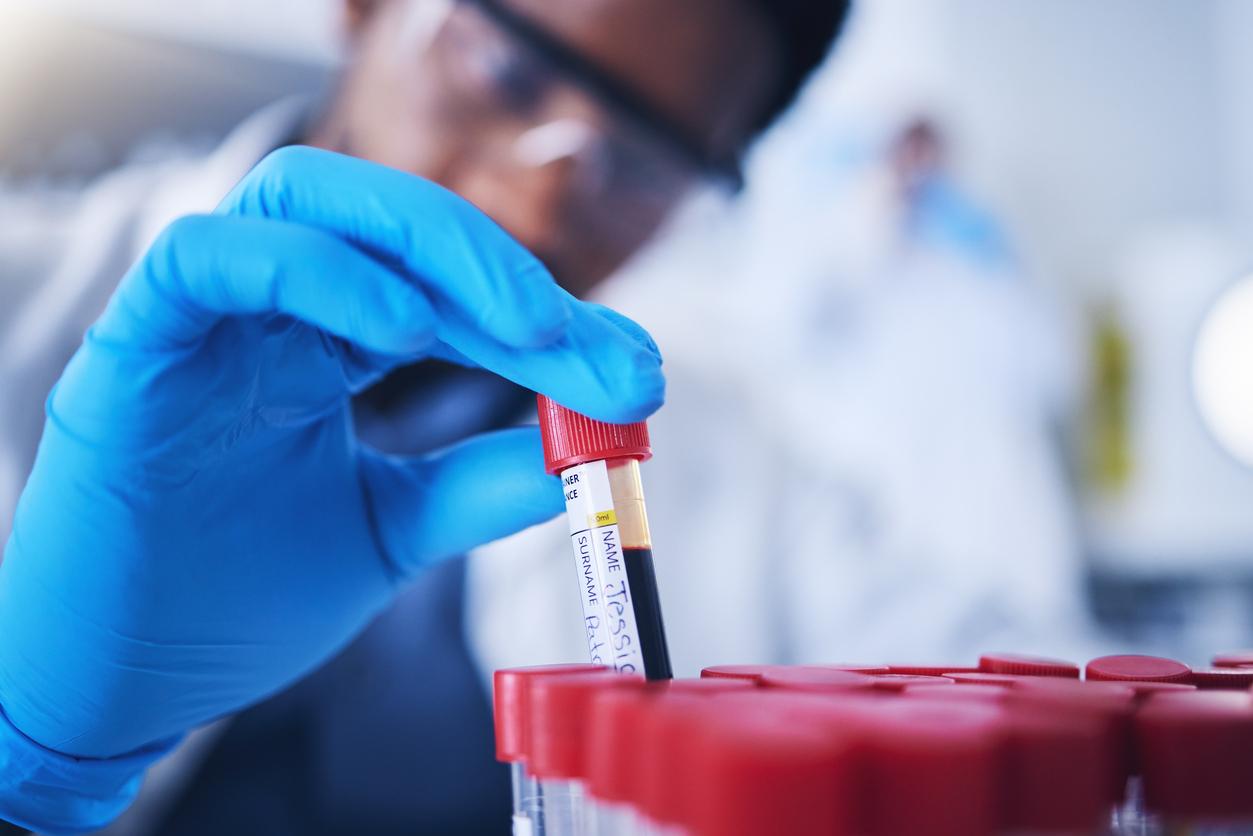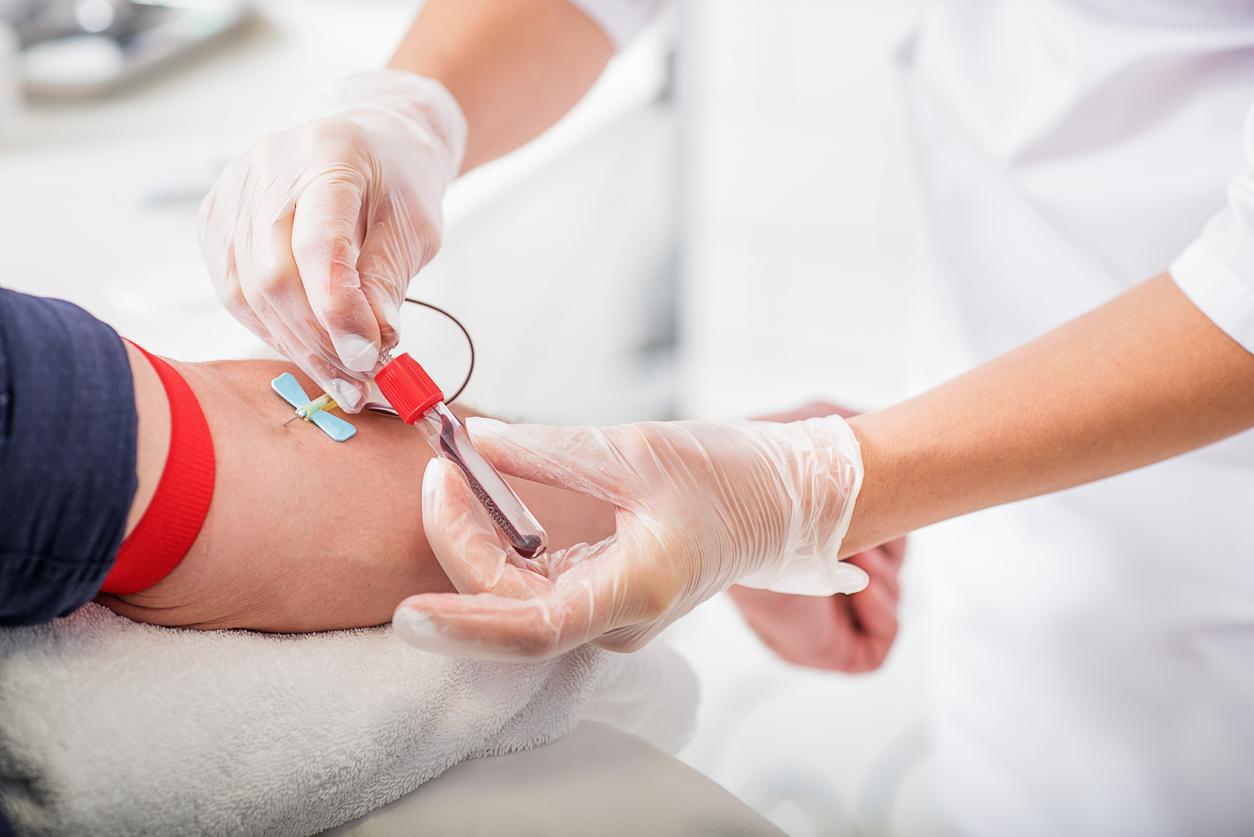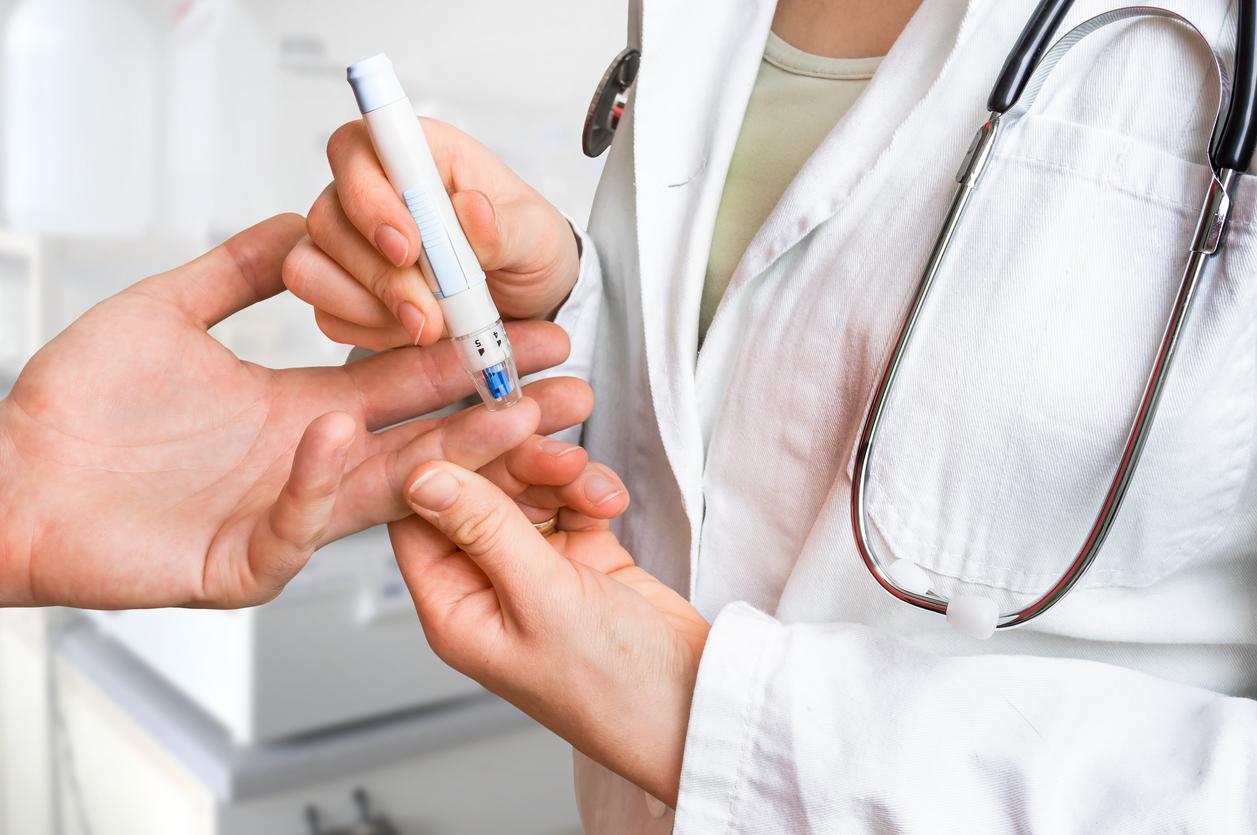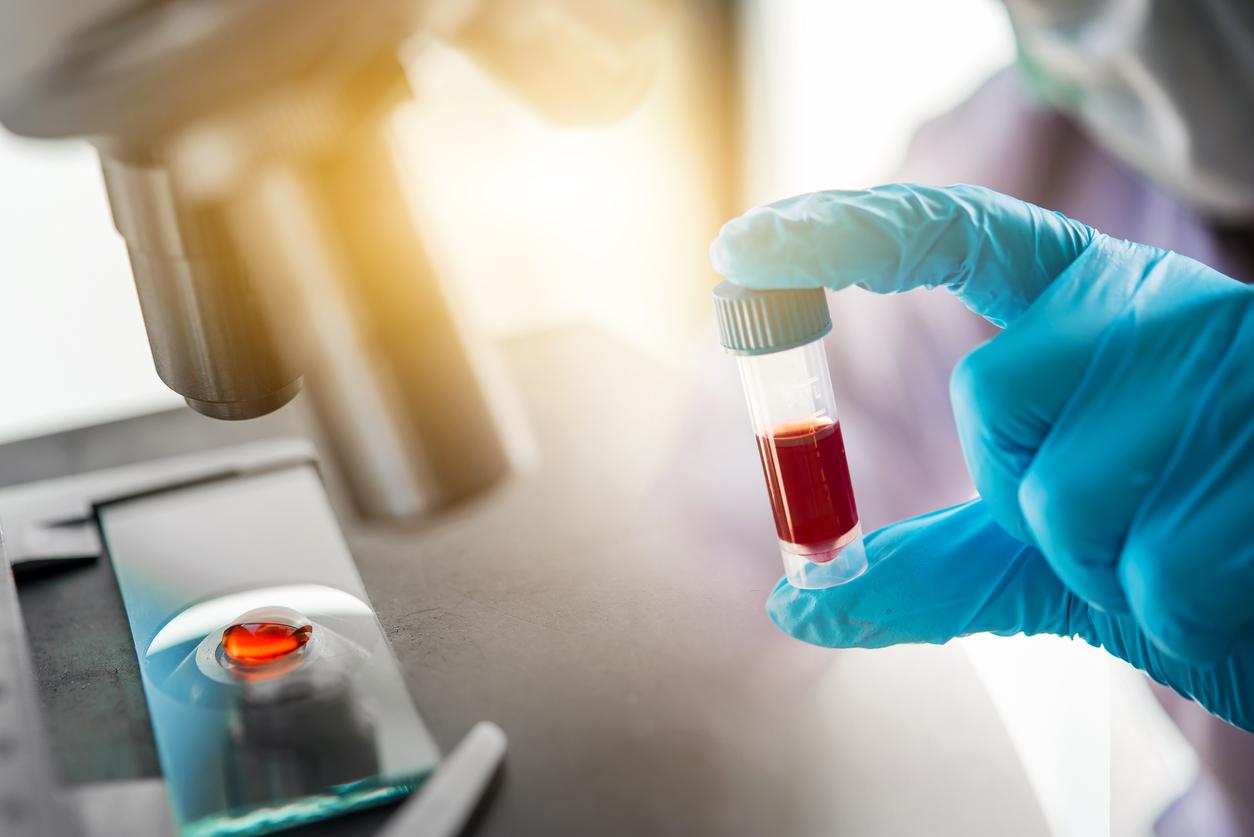A blood test, already used with Covid-19, also makes it possible to quickly detect cases of sepsis, according to a new study.
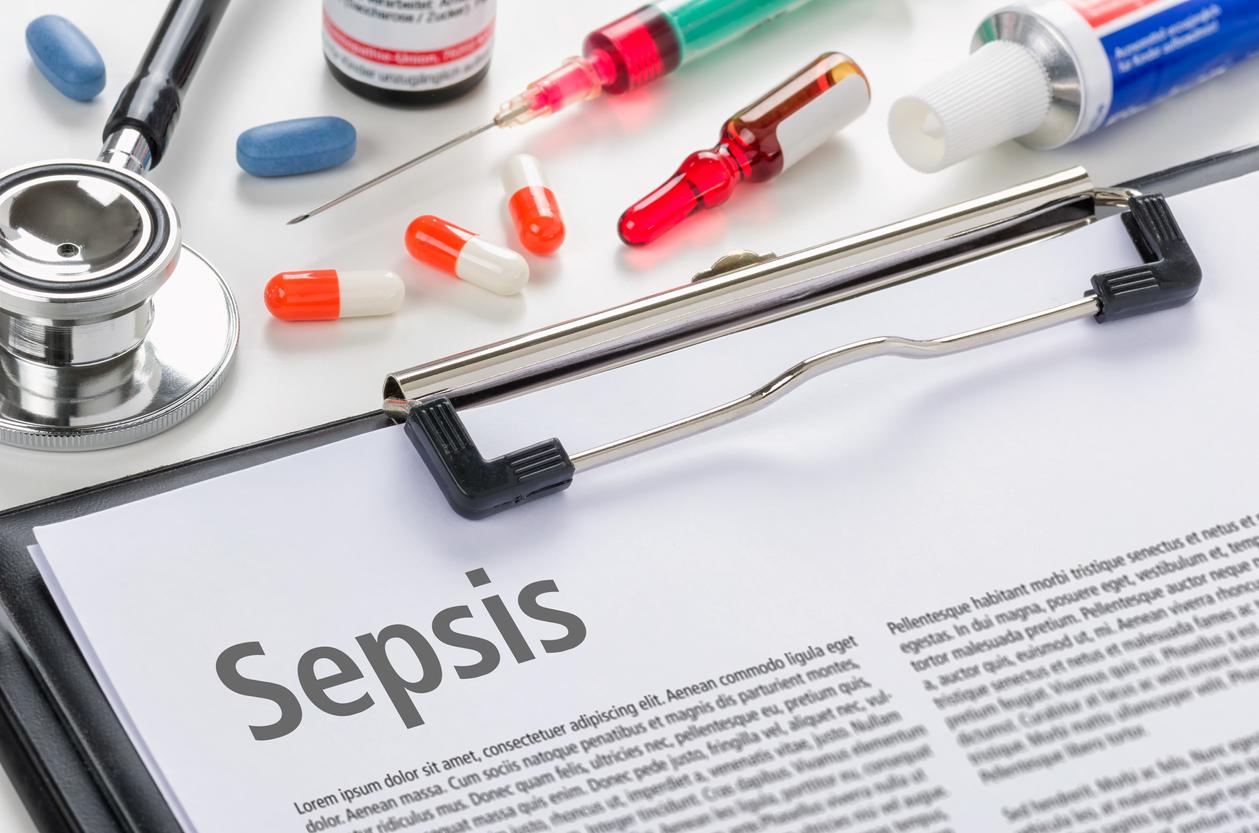
- The BCID2 method was used in several small Norwegian hospitals during the pandemic to analyze Covid-19 tests.
- Researchers wanted to know if this blood test was also capable of detecting cases of sepsis. Their results confirmed that it could spot the infection.
- Additionally, doctors received test results two days earlier than before.
Sepsis, formerly called sepsis, is a serious condition that occurs when the immune system has an extreme reaction to an infection. Although it is little known to the general public, the disease accounted for some 49 million cases and 11 million deaths worldwide in 2017, according to a study reported by the WHO. It can, in fact, lead to serious and sometimes fatal complications if it is not detected and treated quickly.
This is why getting a diagnosis without delay is essential. A new blood test, examined by researchers at ITU The Arctic University of Norway, allows for faster and more reliable screening. Their study was published in the journal cellJanuary 12, 2024.
Sepsis: much faster screening
The blood analysis method called BCID2, previously used to analyze Covid-19 tests during the coronavirus pandemic in several Norwegian hospitals, interested researchers. They wanted to know if it was also effective in detecting sepsis. They thus collected 160 blood samples containing bacteria taken in three hospitals between July and December 2021. These were sent to different small local hospitals where they were analyzed with the BCID2 test as well as in the microbiology laboratory of the Bodø regional hospital which used the traditional method.
Doctors received the results two days earlier using the BCID2 method. Furthermore, they were almost as accurate as the usual tests carried out in the laboratory. This new method therefore allows earlier and more reliable detection of sepsis.
Sepsis test: more targeted use of antibiotics
In addition to allowing faster screening, the new method provides access to information making it possible to provide better antibiotic treatment to the patient in one in four cases. Another encouraging result: in just under 3% of cases, the new test failed to detect bacteria present in the blood. And, there were no cases where the tool indicated the presence of bacteria in the blood when, in reality, there were none, known as false positives.
“The conclusion is that this is a robust and accurate addition to traditional diagnostics for rapidly detecting bacteria in blood samples. This method offers great potential for more targeted use of antibiotics in local hospitals”explains study leader Kristoffer Hammer Endresen in a communicated.
“Two-day faster test results can have a significant impact on critically ill patients in local hospitals. This can provide a more equitable patient service, without the need to move patients or healthcare staff between hospitals”adds his colleague Hege Harboe-Sjåvik from the Helgeland Hospital Trust.










